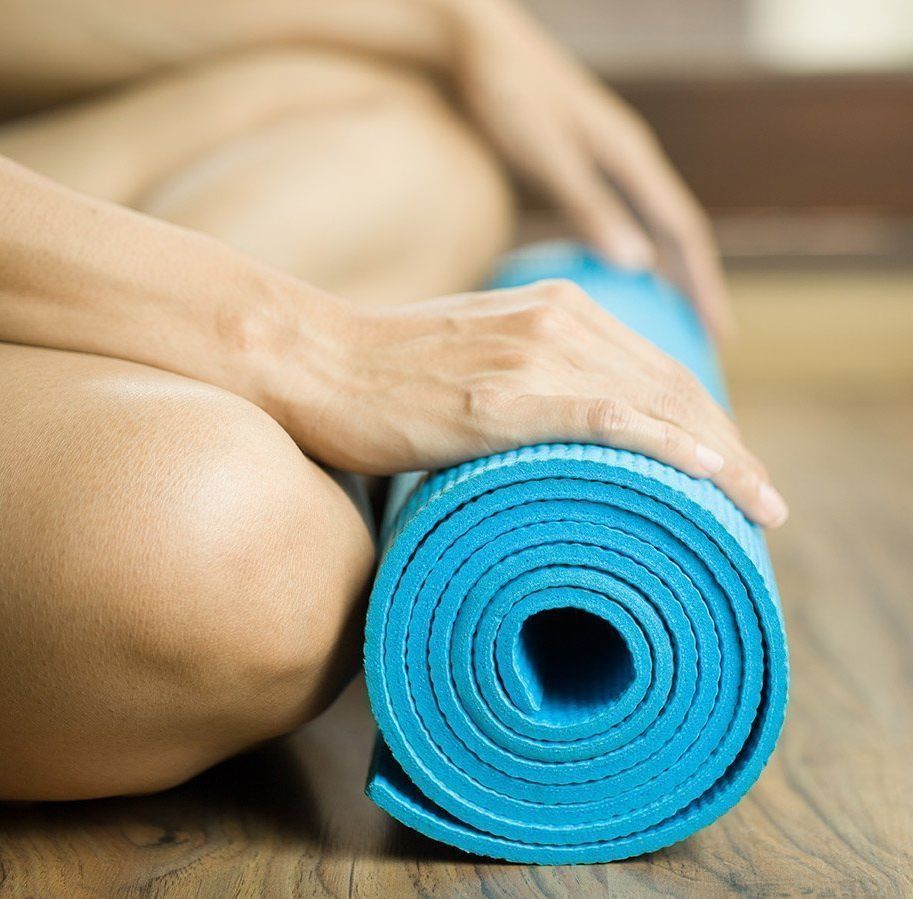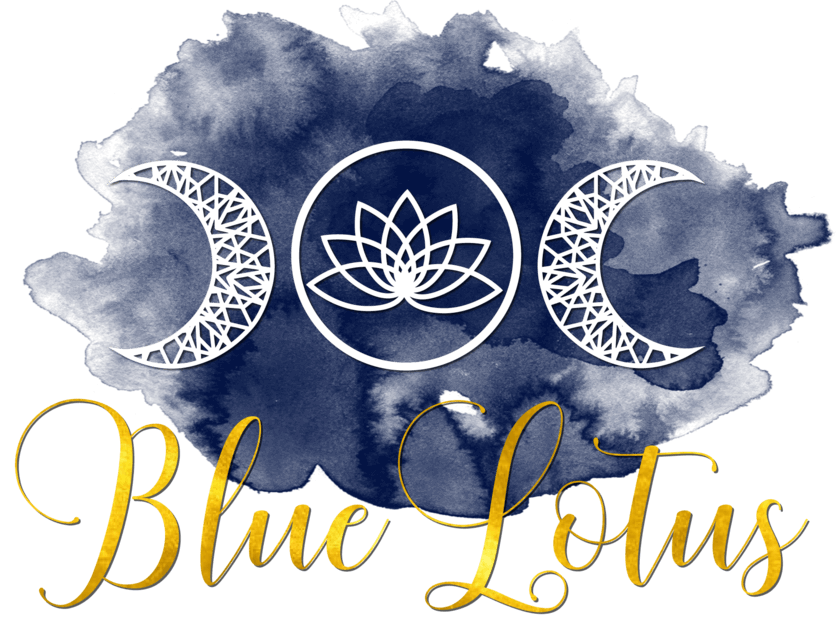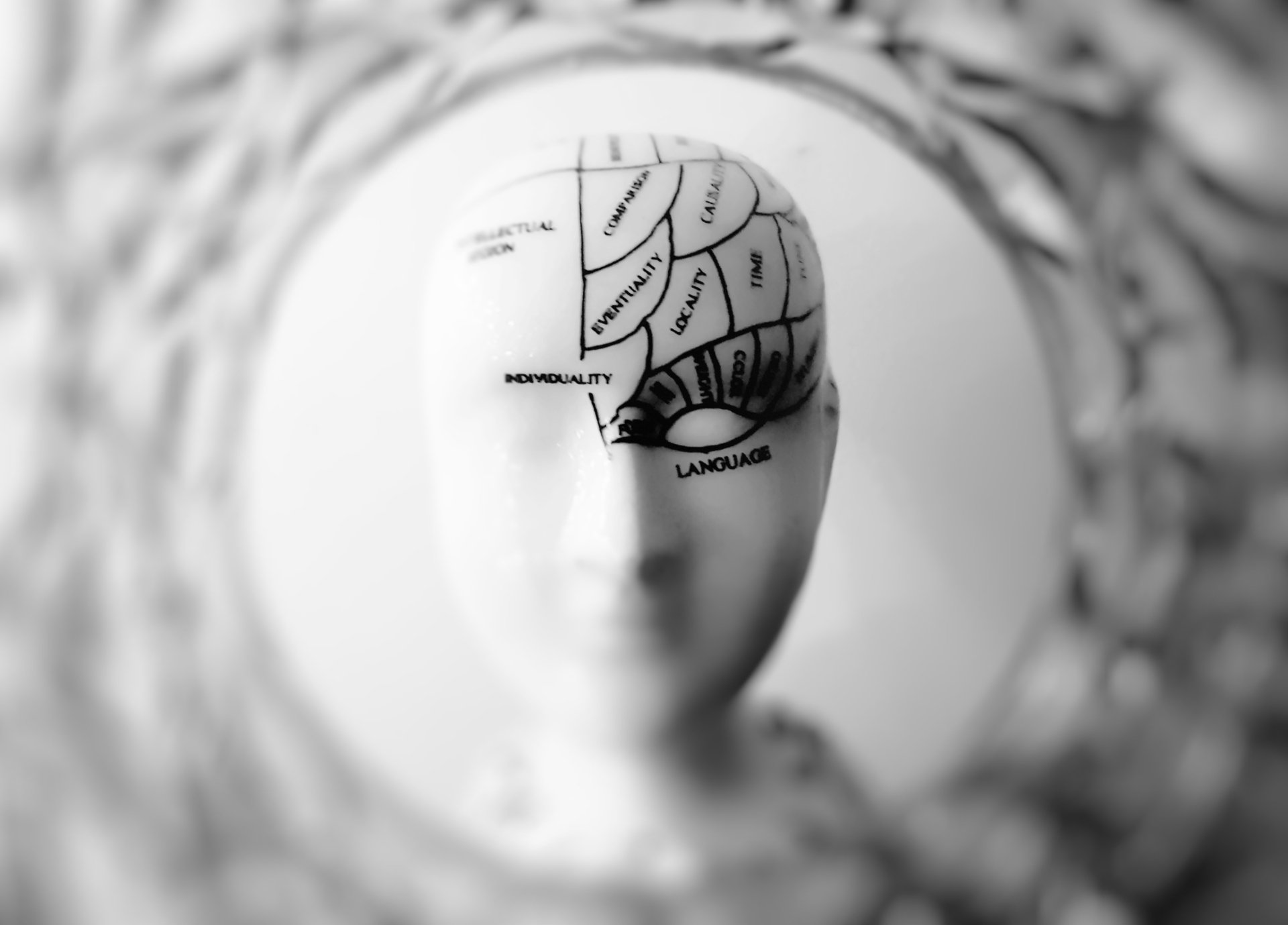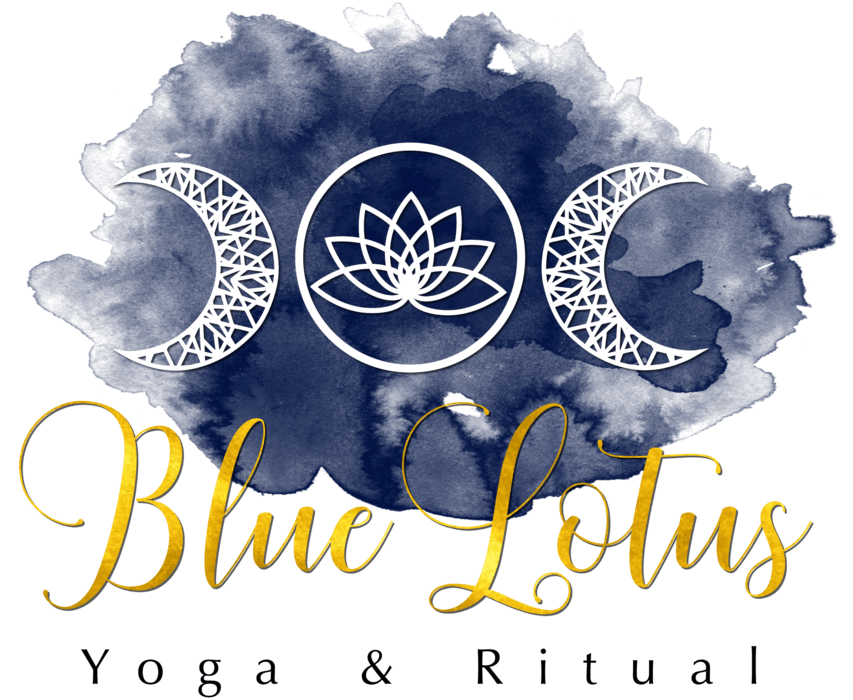Is Yoga Enough for Overall Fitness?
After 25 years of practice, here's my thoughts!

As yogis we know that incorporating yoga into your fitness routine can significantly enhance your overall physical well-being. The holistic nature of yoga not only promotes flexibility and strength but also cultivates balance, endurance, and mental clarity. By embracing yoga as part of your fitness journey, you unlock a comprehensive approach to wellness that goes beyond the traditional aspects of exercise. The mindful movements and breath work in yoga contribute to a harmonious fusion of body and mind but does our practice keep us optimally fit?
I have had a personal practice for almost 25 years, and though I practice daily, my personal practice doesn't always include asana, and I'm most certainly not on my mat for hours at a time.
So can yoga really provide all we need to stay physically and mentally in great shape?
Before establishing the connection between yoga and overall fitness, it's essential to grasp the elusive definition of "fitness." According to Dave Costill, Ph.D., a pioneering U.S. researcher in exercise science, defining fitness isn't a straightforward task. Costill, now a professor emeritus at Ball State University, interprets fitness as the ability to lead a fatigue-free life, emphasising the importance of maintaining energy reserves for everyday activities.
The American College of Sports Medicine (ACSM), a leading exercise science association, defines fitness with a dual focus on physical activity maintenance and health improvement. ACSM identifies four key types of fitness that contribute to overall well-being:
-
Cardiorespiratory Fitness: This is about the health of your heart, lungs, and blood vessels. Enhanced cardiorespiratory fitness not only boosts stamina but also diminishes the risk of various diseases like heart disease, diabetes, and cancer. Measured by the VO2 max, or maximal oxygen uptake, cardiorespiratory fitness reflects how efficiently your body utilises oxygen. Physiologists assess this through activities like cycling or running while monitoring your breath with a specialised mask.
Additional tests, such as lung function tests and heart rate assessments at rest and during exercise, offer insights into various aspects of cardiorespiratory fitness, providing a comprehensive view of progress.
-
Muscular Fitness: This encompasses both muscle strength and endurance. With age, muscle mass naturally diminishes, leading to weakness and a decline in balance and coordination. Muscle, being metabolically active, also influences metabolism. Researchers evaluate muscle strength and endurance using specialised equipment equipped with sensors that measure the force muscles generate during contraction.
-
Flexibility: Ageing often results in muscle shortening and increased stiffness of tendons, limiting the range of motion in joints. Reduced flexibility correlates with a higher risk of pain and injury. Regular testing and improvement of flexibility are crucial for optimal movement and joint health. Tight muscles can potentially lead to overextension, causing damage to ligaments, tendons, and muscles.
-
Body Composition: This refers to the proportion of your body composed of fat versus muscle, bone, and other nonfat tissues. Despite debates around body composition as a health indicator, many physiologists, including ACSM, assert that excessive fat and inadequate muscle pose risks for diseases and hinder efficient movement. Measurement methods include skinfold calipers and hydrostatic weighing, offering insights into body fat percentage.
Health experts have consistently advocated engaging in a diverse range of activities to achieve optimal cardiorespiratory and muscular fitness, flexibility, and body composition. The American College of Sports Medicine (ACSM), for instance, suggests a multifaceted approach, including activities that elevate your heart rate to at least 55 percent of your maximum heart rate for cardiorespiratory fitness, weight-bearing exercises targeting major muscle groups for muscular fitness, and incorporating stretching for flexibility.
While the effectiveness of yoga in meeting the flexibility component is widely acknowledged, until recently, few scientists explored whether yoga could positively impact other facets of fitness.
In 2001, a pioneering study conducted in the United States explored the connection between yoga and overall fitness. Led by researchers at the University of California, Davis, the study meticulously assessed the muscular strength and endurance, flexibility, cardiorespiratory fitness, body composition, and lung function of 10 college students before and after an eight-week yoga training program. Each week, the participants engaged in four sessions, comprising 10 minutes of pranayama, 15 minutes of warm-up exercises, 50 minutes of asanas, and 10 minutes of meditation.
Remarkably, after just eight weeks, the outcomes were impressive. The students experienced substantial improvements, with muscular strength surging by up to 31 percent, muscular endurance skyrocketing by 57 percent, flexibility witnessing an impressive rise of up to 188 percent, and VO2 max displaying a commendable 7 percent increase. This notable enhancement is particularly noteworthy given the relatively short duration of the experiment but it is only a small study.
There have been other studies since that conform that yoga builds muscle strength and endurance, increases lung capacity by opening the ribs, chest, shoulders and increases space for the lungs to expand. This increase of the lung capacity also strengthens the diaphragm and helps to more fully oxygenate the blood. Some poses and yoga traditions (Sun Salutations and vinyasa style practices etc) also can increase the heart rate and aerobic capacity. Yoga also helps us with co-ordination in our actions and breath awareness.....this skill then helps us not only on our mat but also in all activities off our mat too.Given all this evidence, does YOUR practice keep YOU fit?
Well, it depends!
Many studies on yoga have concluded more than an hour of practice two to four days a week are key and the sessions need to include breath work and meditation in addition to typical yoga poses.
So, in summary, its suggested that If you practice yoga for less than an hour twice a week, you either pair your practice with moderate intensity exercise like walking, or increase your yoga time or frequency. I think you need to practice what you enjoy.....I do supplement my practice with dancing, fitness camp, hiking and weight training. I love all these things and all the benefits they each bring.
My ultimate goal is to be practicing yoga into my 90's and feeling vital in everyday life. If your goal is similar, consider increasing your yoga practices or supplementing with the activities you love and let's enjoy our wisdom years feeling vibrant, stable, strong and healthy.
*Research taken from a number of articles at Yoga Journal and Yoga International












